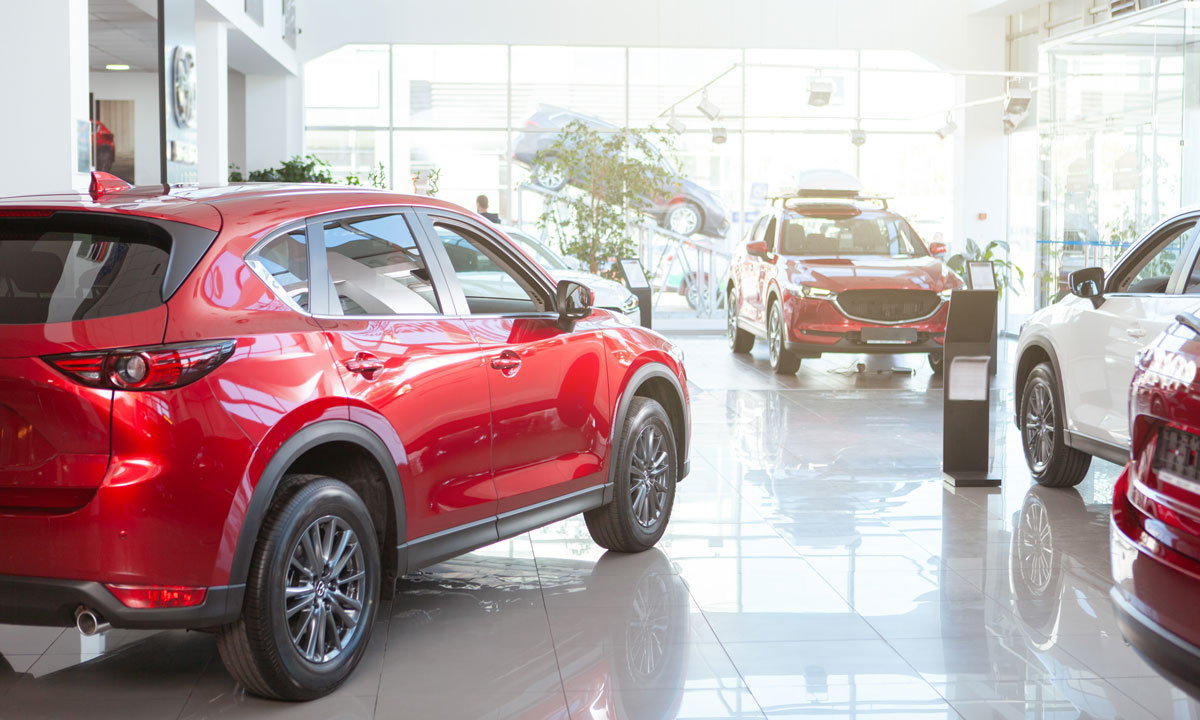The Trump Administration’s stance on tariffs has shifted, and not just for Canada. Following the U.S. hike on tariffs to 35 per cent for Canadian goods imported into the country, Cox Automotive looked at the global picture of what’s been going on.
News that vehicles from the U.K. are now subject to a 10 per cent tariff is not new, but changes in recent weeks show a 15 per cent automobile import tariff was imposed on several other major trading partners, including Japan, South Korea and the European Union.
“This level of tariffs is obviously better than the previous level of 25 per cent (which still applies to vehicles built in Canada and Mexico, minus USMCA content),” said Cox Automotive in its update. “Still, it is far higher than the rates of nearly 0 percent or 2.5 per cent in 2024. As noted, negotiations with Canada are ongoing at the time this is being drafted, and discussions with Mexico and China have been extended.”
The company added that automotive manufacturers are “most certainly” feeling the pain, as second-quarter earnings reports from many OEMs, in the past few weeks, clearly indicate this. Several of them cited tariffs as a direct hit to their profitability. As an example, General Motors said it had absorbed $1.1 billion in tariff costs last quarter, though they are reportedly prioritizing maintaining imports to support customers and dealers.
“In all, the company is bracing for a $4-to-$5 billion impact in 2025. Ford cited tariff costs of roughly $800 million in Q2 and is expecting a total impact this year of nearly $3 billion. Similar narratives were told by Toyota, Nissan, Hyundai and many of the European automakers,” said Cox Automotive.
So far consumers have been shielded from the OEM impact of tariffs, in terms of seeing higher prices on vehicles. But Cox Automotive underlines that the auto industry is “clearly under pressure.”
“Tariffs are increasing costs across the board for automakers, dealers and consumers — not only for new vehicles, but for aftermarket parts and insurance costs. As (we have) noted, tariffs on automobiles and automobile parts contribute to inflation and pose a challenge for an industry already facing stagnant growth, partly due to affordability issues,” said Cox Automotive.
They added that their Economic and Industry Insights team expects higher prices to put downward pressure on new-vehicle sales in the second half of the year. “We expect the average price of a new vehicle in the U.S. to break the $50,000 barrier in 2025, as automakers begin to pass along the costs of tariffs and the market sells a larger share of higher-end vehicles.”















